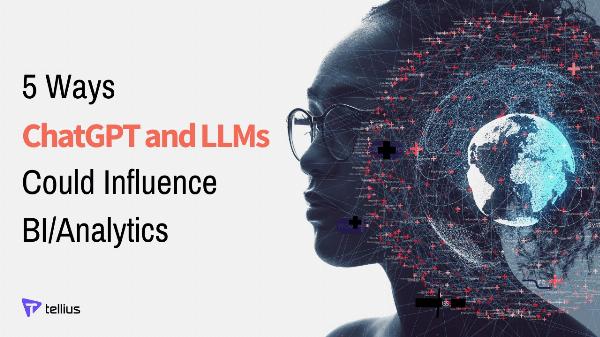How GPT Analytics Can Enhance Your Business Intelligence Strategy

Strong 8k brings an ultra-HD IPTV experience to your living room and your pocket.
In an era where data drives decision-making, businesses are continually seeking advanced tools to extract actionable insights from vast amounts of information. One such powerful tool is GPT analytics, which leverages the capabilities of Generative Pre-trained Transformers (GPT) to transform raw data into meaningful intelligence. By integrating GPT analytics into your business intelligence (BI) strategy, you can enhance data analysis, improve decision-making, and gain a competitive edge.
Understanding GPT Analytics
GPT, developed by OpenAI, is a sophisticated language model that excels at understanding and generating human-like text. When applied to analytics, GPT can process and interpret complex data sets, identify patterns, and generate insightful reports. Unlike traditional BI tools that rely on static algorithms and predefined rules, GPT analytics adapts to new data, continuously learning and improving its analytical capabilities.
Enhanced Data Processing and Analysis
One of the primary advantages of GPT analytics is its ability to process large volumes of data quickly and accurately. Traditional BI tools can struggle with big data, often requiring significant time and computational resources. GPT analytics, however, can efficiently handle vast data sets, providing real-time insights. This speed and efficiency allow businesses to make timely decisions, responding quickly to market changes and emerging trends.
For instance, in the retail industry, GPT analytics can analyze sales data, customer feedback, and market trends to identify popular products, seasonal demands, and potential areas for improvement. By processing this data in real-time, retailers can adjust their strategies, optimize inventory, and enhance customer satisfaction.
Improved Predictive Analytics
Predictive analytics is a crucial component of a robust BI strategy. GPT analytics excels in predictive modeling by identifying patterns and trends within data that traditional models might miss. Through machine learning algorithms, GPT can predict future outcomes with a high degree of accuracy, enabling businesses to anticipate market trends, customer behavior, and potential risks.
Consider a financial services firm using GPT analytics to predict stock market movements. By analyzing historical data, news articles, social media posts, and economic indicators, GPT can generate accurate predictions, helping investors make informed decisions. This capability not only enhances investment strategies but also mitigates risks associated with market volatility.
Natural Language Processing (NLP) for Better Insights
GPT analytics leverages natural language processing (NLP) to interpret and analyze unstructured data such as text documents, emails, and social media posts. This ability to understand and generate human-like text allows businesses to gain insights from sources that traditional BI tools might overlook.
For example, a customer service department can use GPT analytics to analyze customer emails and social media interactions. By understanding the sentiment and context of customer feedback, businesses can identify common issues, gauge customer satisfaction, and implement targeted improvements. This level of insight enhances customer experience and fosters stronger customer relationships.
Automated Reporting and Insights Generation
Generating comprehensive and insightful reports is often a time-consuming task for BI teams. GPT analytics automates this process, creating detailed reports that highlight key findings, trends, and recommendations. This automation not only saves time but also ensures consistency and accuracy in reporting.
A marketing team, for instance, can use GPT analytics to generate weekly performance reports. By analyzing campaign data, social media metrics, and customer engagement, GPT can provide actionable insights, helping marketers optimize their strategies and achieve better results. This automated reporting allows teams to focus on strategic planning and execution rather than data crunching.
Integrating GPT analytics into your business intelligence strategy offers numerous benefits, from enhanced data processing and predictive analytics to improved insights and automated reporting. By leveraging the power of GPT, businesses can transform raw data into valuable intelligence, enabling more informed decision-making and gaining a competitive advantage.
As the business landscape becomes increasingly data-driven, adopting advanced tools like GPT analytics will be essential for staying ahead. By enhancing your BI strategy with GPT analytics, you can unlock new opportunities, drive innovation, and achieve sustainable growth in today's dynamic market.
Note: IndiBlogHub features both user-submitted and editorial content. We do not verify third-party contributions. Read our Disclaimer and Privacy Policyfor details.


